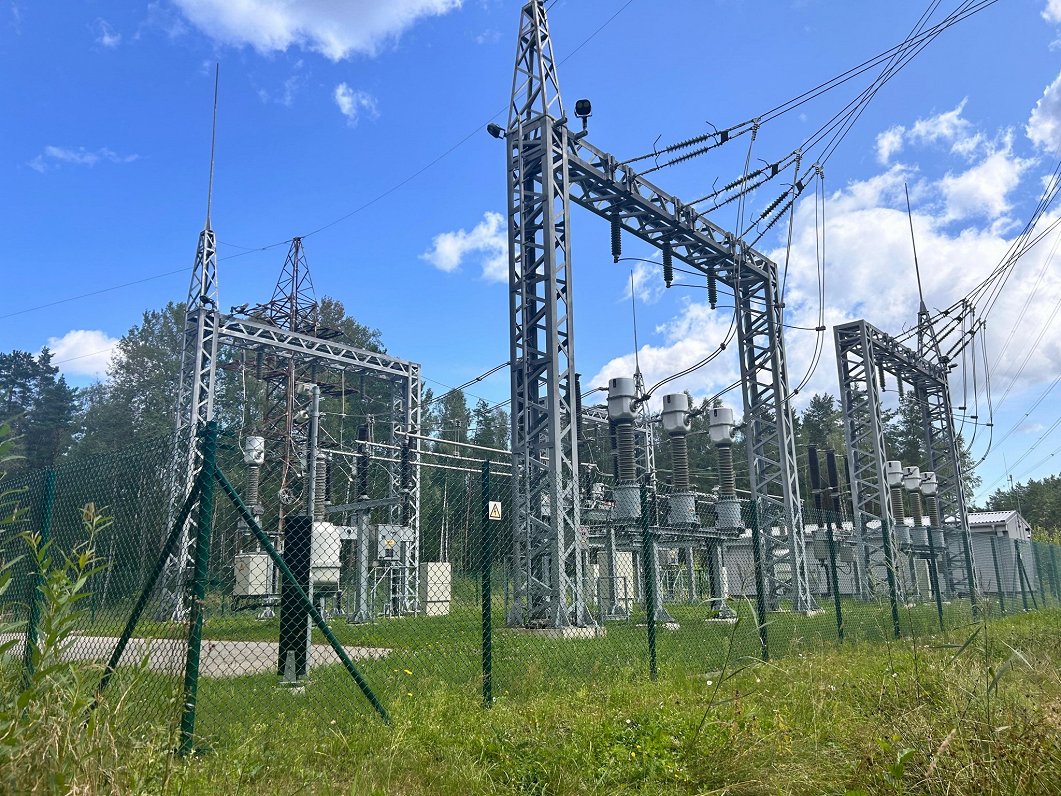The increase of electricity demand in Latvia could allow the connection of additional amounts of renewable energy sources (RES) to the transmission network, which was also evaluated in the study.
Solar and wind installations in Latvia have quickly grown in recent years, a trend which is expected to continue as projects requesting connections amount to over 6 GW of installed capacity, significantly larger than existing installed capacity and short term forecasted demand. Similar trends are observed in neighboring Baltic countries.
"The integration of large amounts of renewable generation comes with the need to effectively combine different generation profiles. Beyond that, increase of the transmission capacity will be necessary. Traditional grid infrastructure reinforcements (e.g. new lines) are costly and take around ten years to be built. Innovative Grid Technologies (IGTs, also known as grid-enhancing technologies “GETs”) allow [us] to make the most of existing infrastructure, allowing [us] to reduce investments needs and increasing grid capacity," said Arnis Daugulis, member of the management board of AST.
"These technologies can often be deployed faster than traditional reinforcements, accelerating the integration of renewable energy waiting for transmission buildup," said Daugulis.
The study performed simulations of the Latvian transmission network to evaluate the hosting capacity of the grid by 2030 and 2040 based on the existing situation and the integration of variable renewables.
Study results show that the hosting capacity of the Latvian grid is around 3800 MW by 2030 and 5000 MW by 2040 without needing major grid expansion projects. Hosting capacity is the amount of generation that the transmission grid can accommodate at the same time. For example, if the installed RES capacity is 6000 MW, only 3800 MW can be generated at the same time, due to weather dependency and different profiles of wind and solar generation.
The study concludes with a set of recommendations in relation to integration of IGTs in the Latvian grid. Most of the innovative measures mentioned in the study have already been examined by AST, and some of those (e.g. DLR) are already in pilot project phase. The study was 100% paid for by the EU RePowerEU fund.
"The hosting capacity of the Latvian grid can increase by up to 40% with the implementation of IGTs. Hosting capacity can reach up to 4800 MW in the 2030 scenarios (+1200 MW), and by up to 7000 MW in 2040 scenarios (+2000 MW)... The highest gains are observed for curative redispatch, followed by DLR. Battery energy storage systems (BESS) show little impact on the hosting capacity. Flow control equipment (PSTs/FACTS) gains can be important at the local level, but do not show significantly at the national level and are not shown in the figure. Higher gains can be expected if two or more IGTs are deployed jointly (e.g., curative curtailment and DLR)," concludes the report.
Artelys, headquartered in France, is an independent company delivering consulting services, with a strong focus on the energy sector.
The 12-page executive summary of the study is available here in PDF form: https://www.ast.lv/sites/default/files/editor/Executive_summary_Artelys.pdf





























